There’s A Gigantic Hole In The Sun And You Need To Know What’s Happening
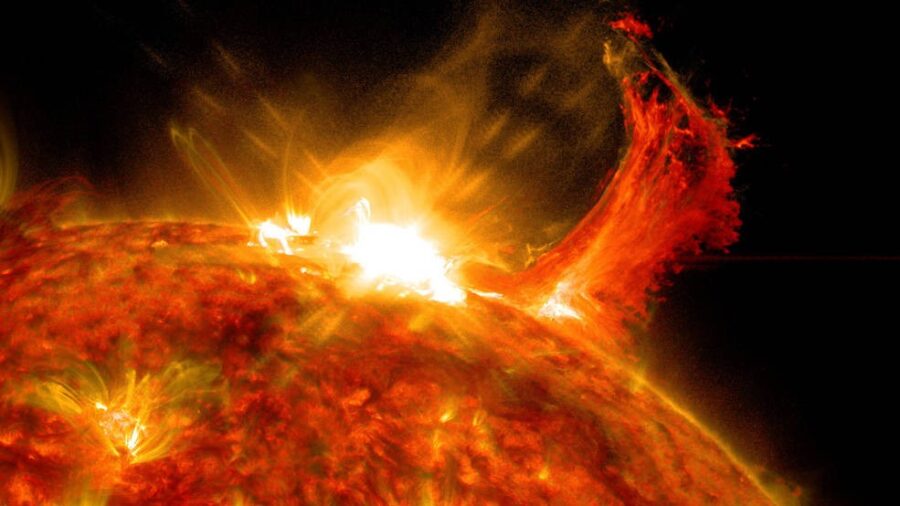
There is plenty of information floating around the internet saying that there’s a huge hole in the Sun, but is it something people should be panicking about in their daily lives? ScienceAlert tells us that the short answer is no.
How Big Is The Hole?
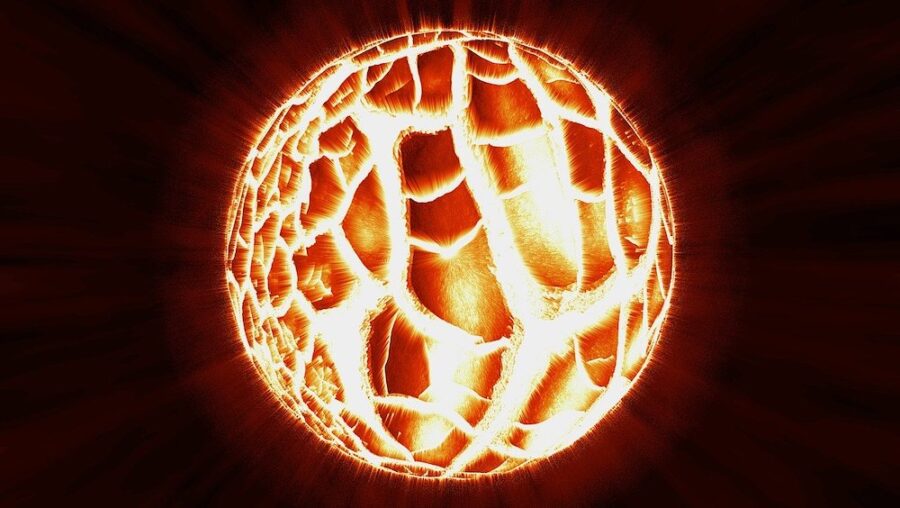
Educating yourself on what a gigantic hole in the Sun really means could help you avoid the fearmongering pitfalls that rule the web these days. All your mind needs is a bit more information to dispel the fear that is felt when you see a picture of an enormous hole in the Sun. Let’s get down to the facts. There is, in fact, a giant hole in the Sun. The hole is big enough to fit more than 60 Earths and five times larger than the diameter of Jupiter. It’s big, and the scientific community calls it a “coronal hole.”
A coronal hole in the Sun is not an uncommon event, and when a coronal hole opens up, solar winds rush through the opening. The solar winds typically cause mild solar storms to kick up. This, in itself, is nothing to be alarmed about.
The Sun’s Current Cycle
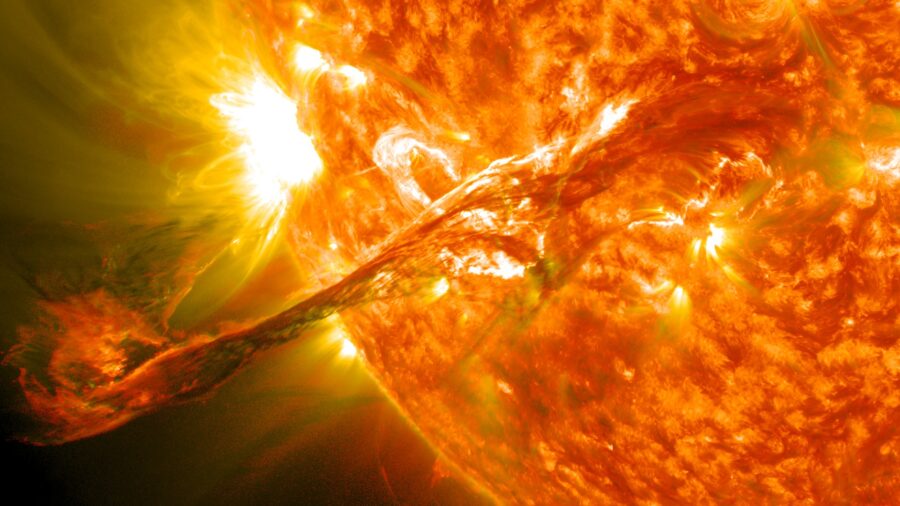
Our Sun goes through activity cycles that cause it to have periods where it is more active with sunspots, solar flares, coronal mass ejections, and coronal holes. A hole in the Sun isn’t something hard to find, in general. Right now, our star is entering a period known by scientists as “solar maximum.” Solar maximum is when the Sun’s activity is at its peak. It peaks, and then we move into a solar minimum (a period of calm), starting the cycle all over again.
Solar Maximum And Minimum
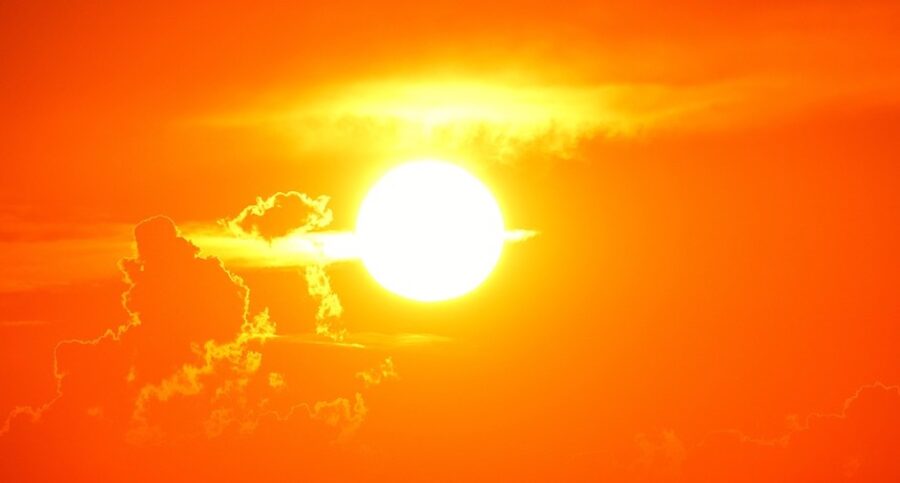
Solar maximum and solar minimum seem to coincide with our star’s magnetic cycles. The Sun’s magnetic cycle renews every 11 years. During the cycle, the star’s magnetic field reverses polarity. The North Pole becomes the South Pole and vice versa. The switch of the poles is actually scheduled to happen sometime in 2024 and could be a big contributor to the current hole in our Sun. As we move closer to solar maximum, the Sun’s activity really amps up.
Sunspots
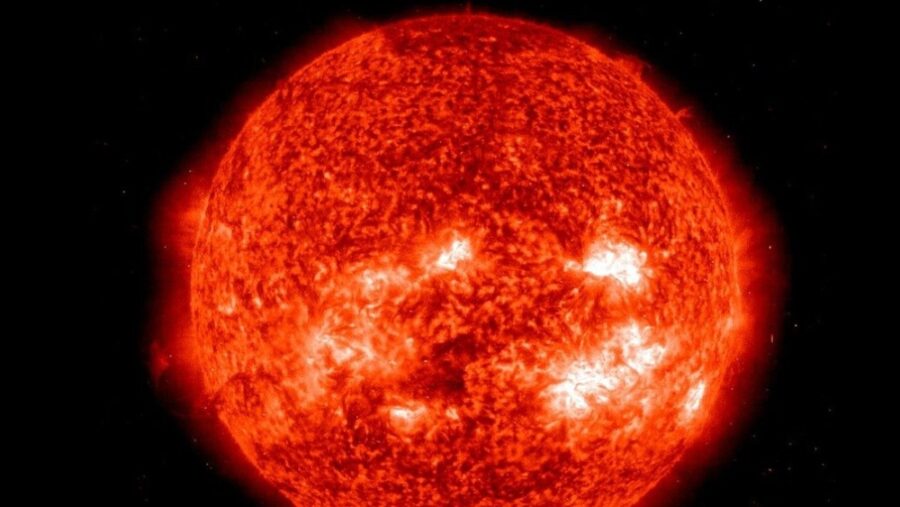
You likely have already learned about sunspots, but a sunspot is a spot that looks sort of like a freckle on the Sun’s “surface”. Scientifically, a sunspot is an area of the Sun where magnetic fields are strong, causing a cooler (and aesthetically darker) spot in the star to form.Solar flares and coronal mass ejections are often linked to the appearance of sunspots. They are eruptions caused by a huge release of energy. The release of energy is sparked because of the movement of magnetic field lines snapping and reconnecting. A hole in the sun, or coronal hole, is somewhat like a sunspot but on a much larger scale. It’s a large area within the Sun where the magnetic field gets so squirrelly that it actually opens up a gaping hole. You can’t see a coronal hole in the sun with regular light, but an ultraviolet image of the star will reveal a slew of darker (cooler) spots.
Solar Storms Effect On Earth
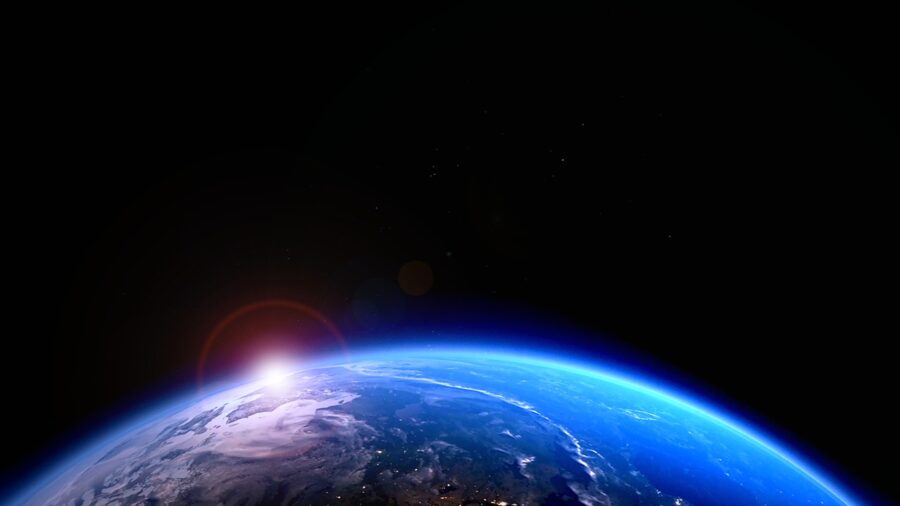
The current coronal hole in the sun is huge, and an opening that huge causes somewhat of a solar wind tunnel to develop. The issues surrounding coronal holes in the sun begin when the solar winds become strong enough to affect us here on Earth. Solar storms have a rating system similar to the system used to rank the intensity of a hurricane or tornado. A low-level solar storm, for instance, might be ranked as a G1 storm. While a more intense solar storm would be ranked higher, all the way up to a G5 storm. On December 2nd, the hole in the sun was facing directly at the Earth, meaning the solar winds/storms were pointed right at us for a couple of days. The solar winds hit us for a few days. NOAA (National Oceanic Atmospheric Association) reported that the storm that hit Earth in early December was, at most, a G2 solar storm.
Effecting The Northern Lights
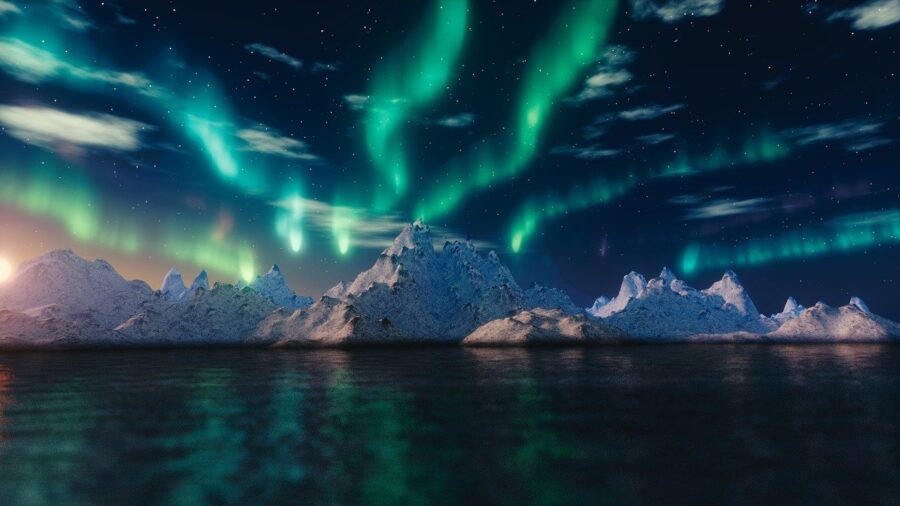
When a solar storm hits the Earth’s magnetosphere, they get diverted along magnetic field lines that lead to each of the planet’s poles where they are then dropped into the upper atmosphere.
The magnetic charge added to the current magnetic flow of the Earth ultimately enhances the planet’s natural aurora, also known as the Northern Lights. If a strong enough solar storm hits, the Northern Lights can be seen as far south as Florida (but that’s not very common).
Though brighter and bolder Northern Lights is a pretty cool effect of a solar storm from a big hole in the sun, some not-so-cool effects could take place as well. An enhancement in the Earth’s ionosphere and magnetosphere can cause issues with power grids, satellites, radio coms, and even navigation devices.
No Planetary Threat
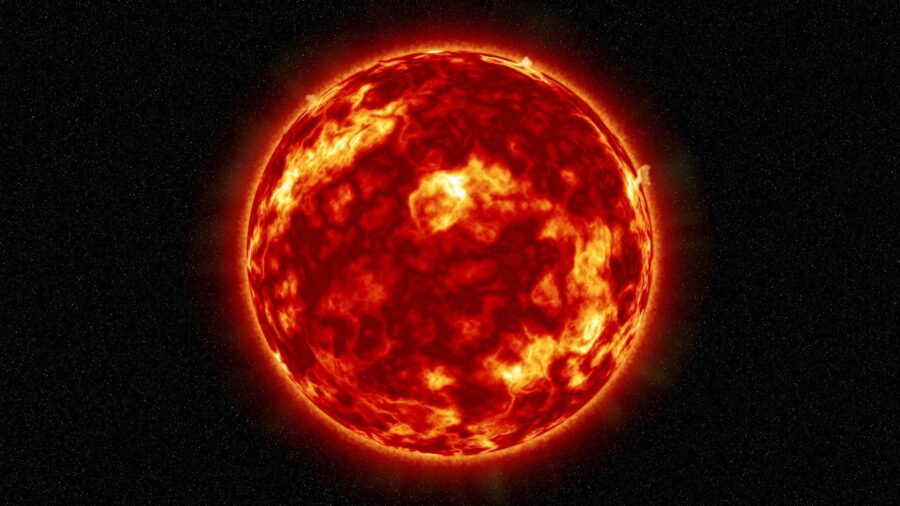
However, a G2 solar storm is relatively mild, and you’re not likely to see many issues arise. In summation, don’t let a little (or a big) hole in the sun scare you. The Sun is not in trouble, and our planet is in no danger from its current shenanigans.












